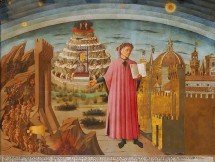Author Archive: Peter Jakobsen
Chuck Close
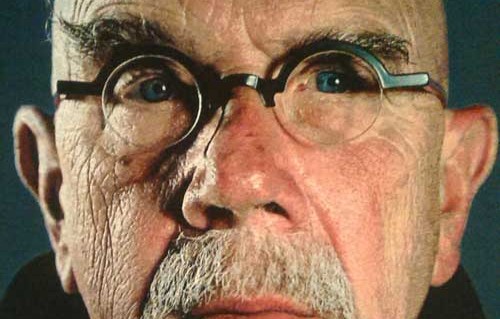
Museum of Contemporary Art (Circular Quay, Sydney) (March 2015) Whilst this is more one from the lab than one from the heart, Close’s close work with photography, a computer loom, tinting and printing techniques, application of a slurry of paper and fibre, and some minor pointillism, creates a satisfying realism that seems warmer and more true than a mere photograph. MOCA had 77,727 visitors for this exhibition. Star spotting and the ‘I could of dun that (sic)’ syndrome may be clues. The precision of the process can be seen by reference to:
Continue Reading →Richard III
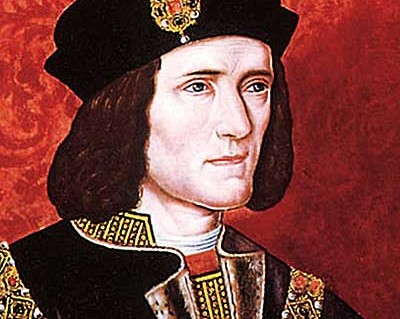
(2 Oct. 1452 – 22 Aug. 1485) Art departs from life? Buried (again) in March 2015, Richard III, dug up from a Leicester car park, was given a reverential cortege and buried in Leicester Cathedral. The Tudors would be spinning in their Westminster caskets. Despite the efforts of Horace Walpole, Josephine Tey, and the Society named after him, the infamous scoliotic usurper has received a rather bad press since those kids, Edward V and his younger brother, Richard, Duke of York, ‘vanished’ from the Tower in 1483, and his death at Bosworth Field two years later. Shakespeare’s play (1593), with due…
Continue Reading →“Outrageous”
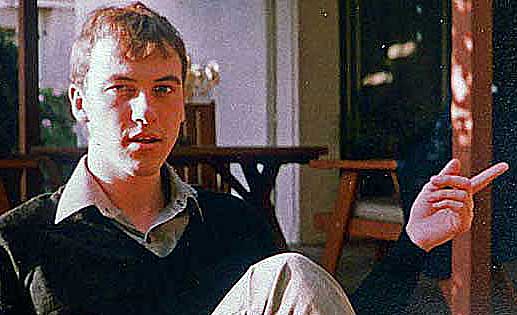
Portrait of artist as young man
A self-Review of “Tranquility”; addendum & apologia “What are this?” Seven is a boy in crisis. He’s had a revelation and laments to his ‘friends’ the prevailing cruelty and loss of faith. Meanwhile, a memoir surfaces in which a decadent Hungarian strangles everyone in sight To: “What is it about?” we plead that the synoptic process induces more headaches than the creative one. However, on behalf of the projected readership, here lies a weird and repellant comic yarn rendered as an indulgent memoir, melded with a gentle pastoral revelation. Tranquility is thus a novel of twinned stories, running in thematic…
Continue Reading →Gallipoli
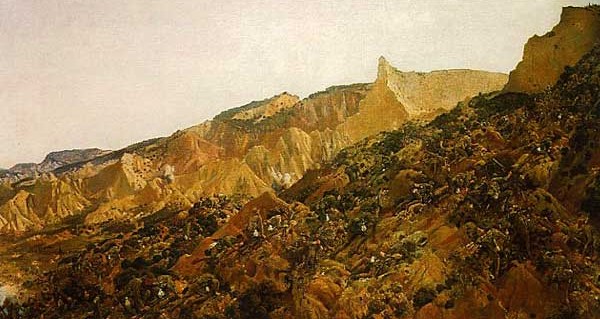
No soft landing (Painting by George Washington Lambert, 'Anzac, the landing 1915')
About 4.29 am on Sunday, 25 April 1915, Australian troops disembarking from several warships and transports in the Dardanelles, learned the answer to their unspoken question: had their approach been detected? It had. As the Official History of Australia In the War of 1914-18, by the not always reliable C. E. W. Bean, states: “The first bullets were striking sparks out of the shingle as the first boat-loads reached the shore.” Many, many thousands fell (Australians, New Zealanders, Indians, Englishmen, Turks). The ANZACs tasted hell. But Constantinople was the real prize; with the Ottoman Empire crumbling away, the strait was its gate, but as narrow…
Continue Reading →Divina Commedia
(by Dante Alighieri 1/6/1265 – 14/9/1321) (completed 1320)
[Note: extracts are from, and reference is to, the John Ciardi translation]
The greatest epic poem of all time (and we can say this with confidence, despite the dodgy standard of TVC’s latin).
It has a brilliantly (classically) simple structure – Recounting, in terza rima, how Dante spends the 1300 Easter vacation on a salvational tour of the worlds of our minds (and souls), guided through Hell and Purgatory by his poetic mentor, Virgil and accompanied by his poster-girl, Beatrice, in Paradise. There they meet Dante’s fiamma benedetta a flame of heavenly wisdom, S. Thomas Aquinas. S. Thomas was a formidable thinker but no great writer. Dante, taking hold of the 13th C theologian, supplied the art. “it is the flame, eternally elated, of Siger, who along the Street of Straws syllogized truths for which he would be hated.” (Pa. X) But he did something more: he created a new universe. And it was a universe that left Aquinas and Augustine, the best of the ancient Christians, pounding in the wake of something strange and monolithically modern. As Harold Bloom said with his usual wisdom in The Western Canon, “The Comedy…destroys the distinction between sacred and secular writing.”
Continue Reading →
